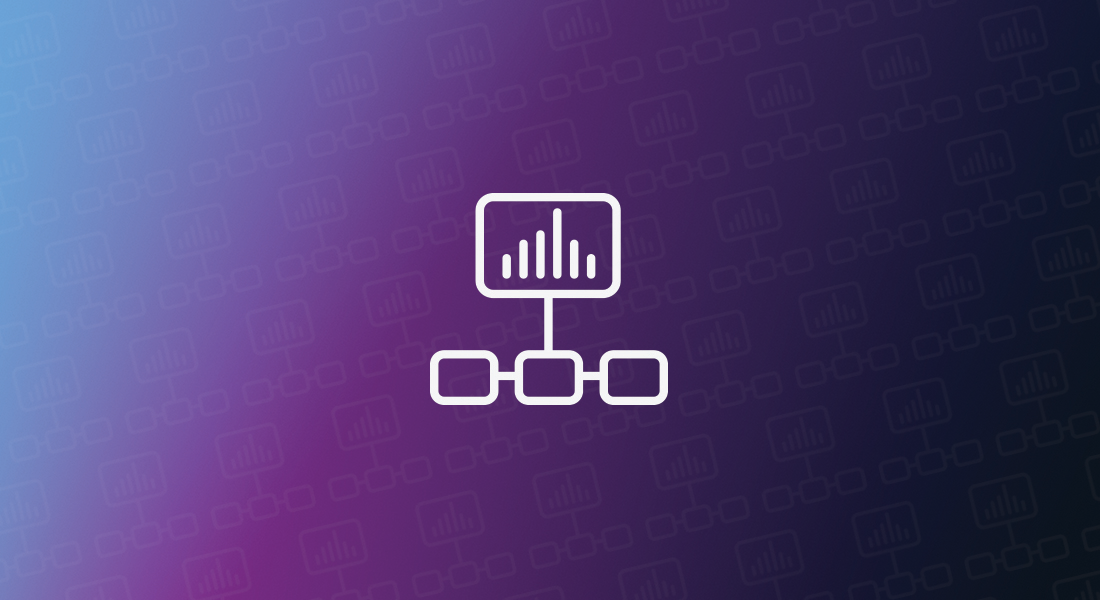The DO Loop
Statistical programming in SAS with an emphasis on SAS/IML programs
One of my favorite new features of SAS/IML 12.1 enables you to define functions that contain default values for parameters. This is extremely useful when you want to write a function that has optional arguments. Example: Centering a data vector It is simple to specify a SAS/IML module with a

I began 2014 by compiling a list of 13 popular articles from my blog in 2013. Although this "People's Choice" list contains many articles that I am proud of, it did not include all of my favorites, so I decided to compile an "Editor's Choice" list. The blog posts on

Vector languages such as SAS/IML, MATLAB, and R are powerful because they enable you to use high-level matrix operations (matrix multiplication, dot products, etc) rather than loops that perform scalar operations. In general, vectorized programs are more efficient (and therefore run faster) than programs that contain loops. For an example

In 2013 I published 110 blog posts. Some of these articles were more popular than others, often because they were linked to from a SAS newsletter such as the SAS Statistics and Operations Research News. In no particular order, here are some of my most popular posts from 2013, organized

Recently a SAS/IML programmer asked a question regarding how to perform matrix arithmetic when some of the data are in vectors and other are in matrices. The programmer wanted to add the following matrices: The problem was that the numbers in the first two matrices were stored in vectors. The

When learning a new language, it is important to learn to interpret error messages that come from the language's parser or compiler. Three years ago I blogged about how to interpret SAS/IML error messages. However, many questions have been posted to the SAS/IML Support Community that indicate that some people
